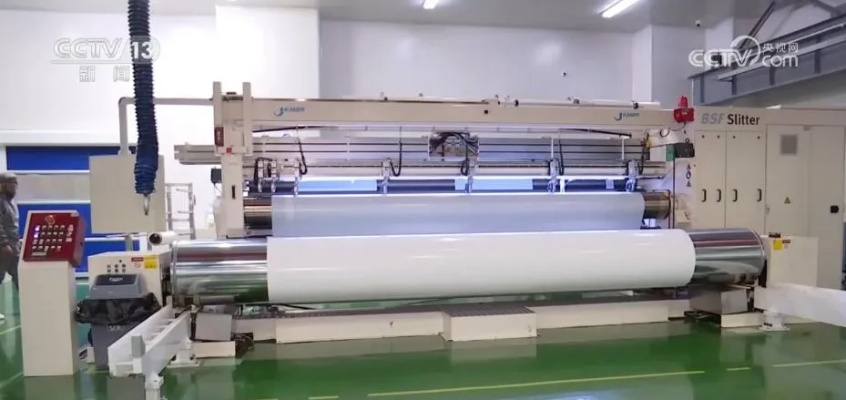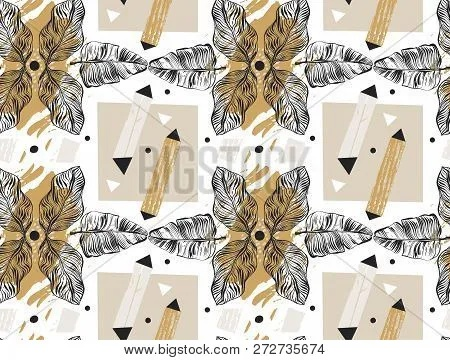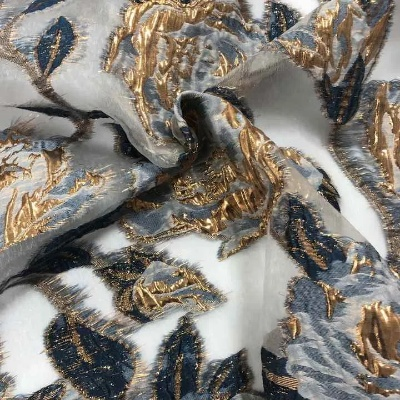The Role of Textiles in Civil Engineering:An Overview
: Textiles in Civil Engineering: An Overview,Abstract:,This paper provides an overview of the role of textiles in civil engineering. Textiles play a crucial role in various aspects of civil engineering, including structural reinforcement, waterproofing, and energy conservation. They are used to create durable, flexible, and lightweight materials that can withstand extreme weather conditions and provide efficient energy use. The paper discusses the different types of textiles used in civil engineering, their advantages, and their applications in various construction projects. It also highlights the importance of using sustainable textiles in order to minimize environmental impact and promote long-term sustainability. Overall, textiles have become an integral part of modern civil engineering practices, contributing to the development of more robust and efficient structures.
Introduction: Textiles, often overlooked in the grand scheme of civil engineering, play a crucial role in the construction and maintenance of infrastructure. From reinforcing concrete to creating waterproof membranes, textiles are integral to the performance of many modern structures. In this article, we will delve into the various applications of textiles in civil engineering, including their benefits, challenges, and practical examples.
Benefits of Textiles in Civil Engineering:
-
Reinforcement: Textiles, such as steel wire mesh or geotextiles, are used to reinforce concrete and other materials. This enhances their strength, durability, and resistance to cracking. For example, in bridge construction, geotextiles can be embedded within the concrete to prevent water from seeping through and causing corrosion.
-
Waterproofing: Textiles are also used to create waterproof membranes for various projects, such as tunnels and buildings. These membranes prevent moisture from seeping through and protecting the underlying structure from damage caused by water.
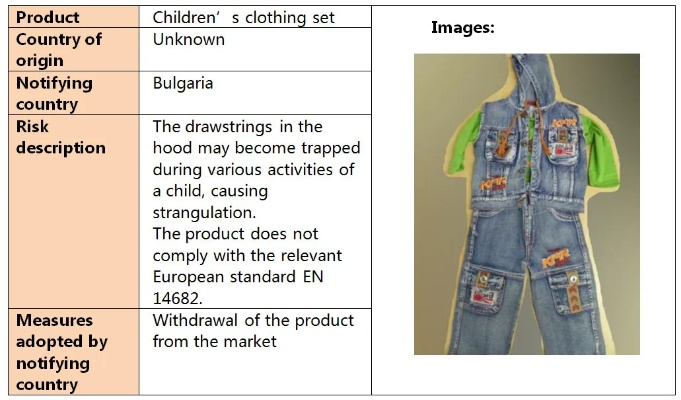
-
Energy Efficiency: Textiles can be used to insulate buildings and reduce energy consumption. For instance, thermal insulation fabrics can be woven into curtain walls or installed on rooftops to retain heat during cold weather and release it during hot weather.
-
Disaster Mitigation: Textiles can be used to build temporary shelters, flood barriers, and other disaster relief structures. They provide a sturdy and durable platform for sheltering people during natural disasters like hurricanes or earthquakes.
Challenges of Textiles in Civil Engineering:
-
Durability: Textiles need to withstand extreme conditions, including high temperatures, humidity, and exposure to chemicals. However, some textiles may not be as durable as they appear, leading to premature failure.
-
Maintenance: Textiles require regular inspection and maintenance to ensure their effectiveness. This can be time-consuming and costly, especially for large-scale projects.
-
Environmental Impact: Some textiles, such as polyester and nylon, may have negative impacts on the environment if not disposed of properly. Proper disposal methods are essential to minimize these impacts.
Practical Examples:
-
Bridge Construction: In bridge construction, geotextiles are used to reinforce concrete and prevent cracking. For example, the Pont du Diable bridge in France was built using geotextiles to resist the forces of the river's current.
-
Building Insulation: Textiles are used to insulate buildings and reduce energy consumption. A popular example is the use of thermal insulation fabrics in commercial buildings in New York City. These fabrics help to retain heat during winter and release it during summer, reducing heating and cooling costs.
-
Disaster Relief: Textiles are used to build temporary shelters and flood barriers during natural disasters. For instance, the Red Cross uses lightweight polypropylene tarpaulins to create temporary shelters for people affected by hurricanes or earthquakes.
Conclusion: Textiles play a vital role in civil engineering, providing reinforcement, waterproofing, energy efficiency, and disaster mitigation. While there are challenges associated with their use, such as durability and environmental impact, these challenges can be addressed through proper design, selection, and maintenance. By leveraging the benefits of textiles in civil engineering, we can build more sustainable, efficient, and resilient infrastructure that meets the needs of our communities today and tomorrow.
随着工程建设的不断推进,土工用纺织品在工程领域中的应用越来越广泛,为了满足市场需求,我们收集了一系列土工用纺织品的高清图片,并从中挑选出几个典型案例进行详细说明,本篇文章旨在通过图片展示土工用纺织品的种类、特点及应用场景,同时结合案例分析,为相关行业从业者提供参考。
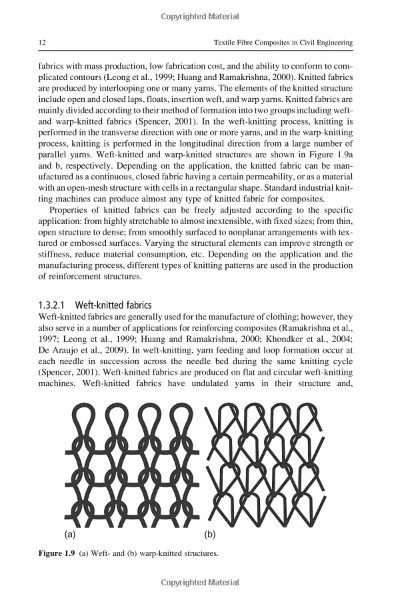
土工用纺织品图片展示
以下是部分土工用纺织品的高清图片展示:
| 图片编号 | 材质/工艺 | 主要用途 | |
|---|---|---|---|
| 图片1 | 土工布材质图片 | 天然纤维与合成纤维混合 | 用于土壤防护、排水、隔离等 |
| 图片2 | 防水帆布材质图片 | 高分子材料 | 用于防水工程、堤坝建设等 |
| 图片3 | 涤纶针织土工布图片 | 涤纶纤维编织 | 用于土壤加固、排水网等 |
| 图片4 | 复合材料土工布图片 | 复合材料与特殊工艺结合 | 多功能应用,如土壤监测、生态修复等 |
土工用纺织品案例分析
天然纤维与合成纤维混合的土工布应用
某水利工程中,采用了这种类型的土工布来保护堤坝,防止土壤侵蚀和水土流失,该案例展示了土工布在水利工程中的多功能应用,包括土壤防护、排水和隔离等功能,通过使用这种类型的土工布,可以有效地提高堤坝的稳定性和耐久性。
防水帆布在防水工程中的应用
在防水工程中,防水帆布发挥了重要作用,该案例展示了防水帆布在堤坝建设中的应用,通过采用高分子材料和特殊工艺,提高了防水性能和耐用性,这种类型的土工布适用于各种防水工程,如水库、水坝等。
案例分析:复合材料土工布的应用
复合材料土工布是一种多功能应用的产品,具有多种功能,该案例展示了复合材料土工布在土壤监测和生态修复等方面的应用,通过使用这种类型的土工布,可以实现对土壤环境的实时监测和生态修复,提高土壤质量和水资源保护。
土工用纺织品应用前景与展望
随着工程建设的不断推进,土工用纺织品的应用前景越来越广阔,随着技术的不断进步和市场需求的变化,土工用纺织品将会更加多样化、多功能化,满足不同领域的需求,随着环保意识的不断提高,土工用纺织品将会更加注重环保、可持续性等方面的考虑。
本文通过展示土工用纺织品的高清图片和典型案例,为相关行业从业者提供了参考,也通过案例分析,展示了土工用纺织品的应用前景和展望,随着工程建设的不断推进,土工用纺织品将会更加广泛地应用于各个领域,为工程建设和环境保护做出更大的贡献。
Articles related to the knowledge points of this article:
Immersing Yourself in Realistic and High-Definition Mobile Textile Images
A Comprehensive Review of the Accommodation Provided by Textile Company
Luxe Textile Emporium in Henan:A Destination for High-End Fashionistas
